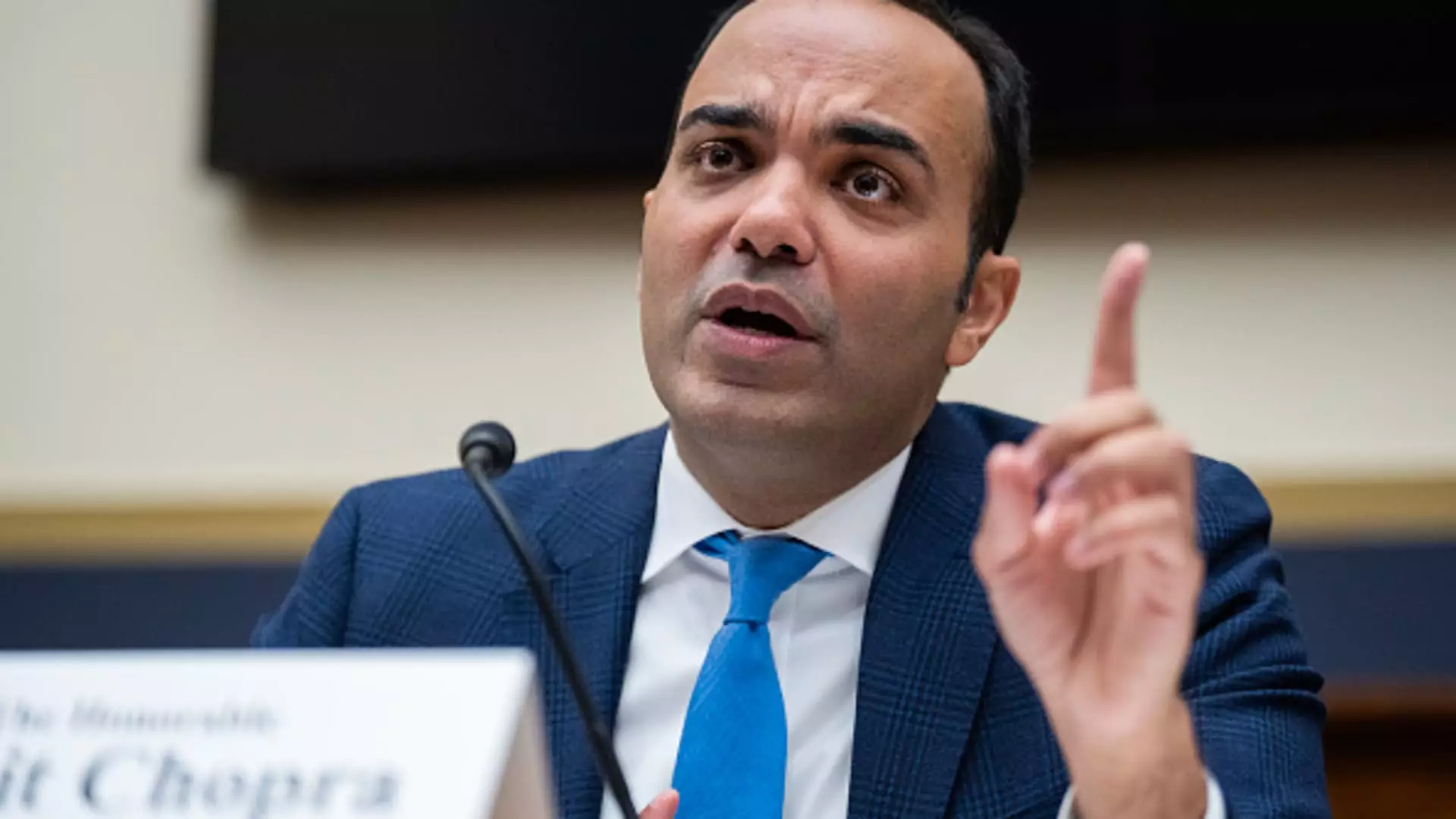In a significant move aimed at protecting consumers, the Consumer Financial Protection Bureau (CFPB) has unveiled a new rule that places strict limitations on overdraft fees imposed by banks. This action comes in the wake of increased scrutiny regarding financial institutions’ practices that many argue have unjustly drained the savings of American citizens. With projections indicating that this regulation could save consumers an impressive $5 billion annually, it is a pivotal moment in the ongoing dialogue about consumer rights and bank practices.
Under the new regulations set to go into effect on October 1, 2025, banks will have a few options regarding overdraft fees: they can either charge a reduced rate of $5, far below the previous average of around $35, or choose to charge a fee that accurately reflects their costs. Furthermore, banks have the option to maintain any fee they wish as long as they transparently disclose the corresponding interest rates. This move has been widely celebrated as an important step towards greater transparency and fairness within the banking industry.
The CFPB’s Director, Rohit Chopra, made strong statements condemning the long-standing practices that banks have employed, suggesting that these institutions have exploited consumers through various loopholes. This perspective underscores a broader sentiment that banks have prioritized profit over the welfare of their clients.
Historically, overdraft fees have represented a lucrative revenue source for banks, amassing approximately $280 billion since 2000. However, as consumer backlash and stricter regulations have begun to take root, this revenue stream has seen a downturn. Major players in the banking sector, such as JPMorgan Chase and Bank of America, have begun to adjust their fee structures—either by lowering charges or, in some cases, eliminating them entirely.
These modifications indicate a changing attitude within the industry, recognizing both regulatory pressures and the demand for fairer banking practices. Nevertheless, the CFPB’s new rule particularly targets larger banks and credit unions with assets over $10 billion, highlighting a strategic focus on those institutions most capable of absorbing the financial changes.
While the announcement of the new overdraft rule represents a considerable step toward consumer financial protection, significant resistance from banking associations looms large. The banking industry has historically opposed such measures, asserting that these regulations may diminish consumer access to necessary services like overdrafts, potentially driving customers towards more predatory lending options such as payday loans.
This contradicts the overarching intent of the CFPB, which desires to curtail excessive fees while fostering a more equitable banking environment. The Consumer Bankers Association, noting the intricacies of these developments, has expressed intentions to challenge the rule, indicating a likely clash between regulatory bodies and financial institutions.
As the Biden administration’s tenure progresses, the future of the CFPB’s initiatives may hang in the balance. With Trump’s recent election victory, it is anticipated that a new CFPB director—likely more aligned with banking interests—could be appointed, increasing uncertainties surrounding the implementation of this rule. Should there be significant turnover in leadership and policy, the fate of consumer-friendly regulations like these may be subject to alterations or delays.
Even amid these looming challenges, the CFPB remains steadfast, believing in the potential for its initiatives to bring about much-needed reforms. The fight for reduced overdraft fees reflects a broader call for fairness in banking practices, and the outcome could set crucial precedents for consumer protection in the years to come.
The CFPB’s new rule offers promising changes for American consumers, aiming to alleviate the burdensome costs associated with overdraft fees. However, considerable resistance from the banking industry, combined with potential political shifts, cast a shadow over the future of these regulations. As consumers and advocacy groups continue to rally for their financial rights, the developments following this rule will be closely monitored, as they might mark a transformative period in the landscape of American banking.

